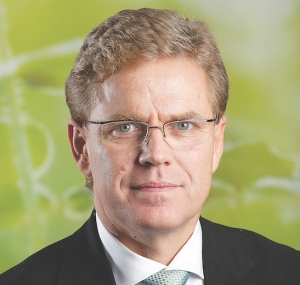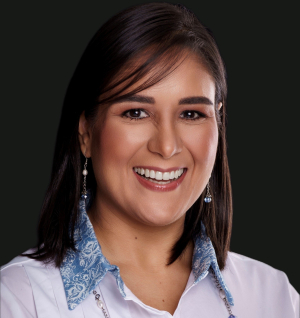Speaking at the release of the European co-op’s half year results, Tuborgh noted that more milk was coming not only from Arla farmers but from other EU farmers intent on growing their businesses.
“The extra milk is flowing into our production sites and putting us under pressure to deliver a long-term competitive milk price for growing volumes,” he says.
High milk prices have boosted milk production and world supply has been at an all time high, triggering a slide in raw milk prices.
Tuborgh says Arla showed strong performance in the first half of 2014 and delivered record earnings for its farmer owners. But downward pressure on the world market will force down the price paid to farmers for the rest of 2014, he warns.
“The current challenges must be seen in the perspective of a bigger and promising long-term outlook for dairy companies. The world’s middle classes are growing, more consumers can afford dairy products, and they create a stable demand for healthy, nutritious and safe milk products.”
Arla Foods’ revenue grew by 11% to $8.4 billion in the first half of 2014; from $7.5b in first half-year 2013 due to growth in all markets and global price increases. This allowed Arla to pay suppliers a record performance price of 70c/kgMS, compared to 61c/kgMS in first-half 2013.
But Arla says the trends in global raw milk price are pointing downwards fast, so the co-op has lowered its expectations, though it expects 2014 will be a better year than 2013 which already was a record year.
“We are pleased to see our strategy for creating more growth outside Europe is working and we have accelerated growth outside our European core markets. Our overall organic growth is satisfactory, but we are facing a difficult period and tough market challenges.”
Arla says during the first half year it grew sales in target growth markets. The Middle East and Africa grew 17%, revenue doubled in China and in Russia the market showed good progress. But Russia’s import ban on foods from countries that imposed sanctions on it will be a challenge. Sales in Russia amount to about 1% of Arla’s total revenue.
Arla also reported a spike in sales of its house brands. During the first half year of 2014 Arla, Lurpak and Castello brands they grew 7% by revenue year-on-year. Arla Foods’ sales of milk proteins and value-added ingredients grew 8%.
















